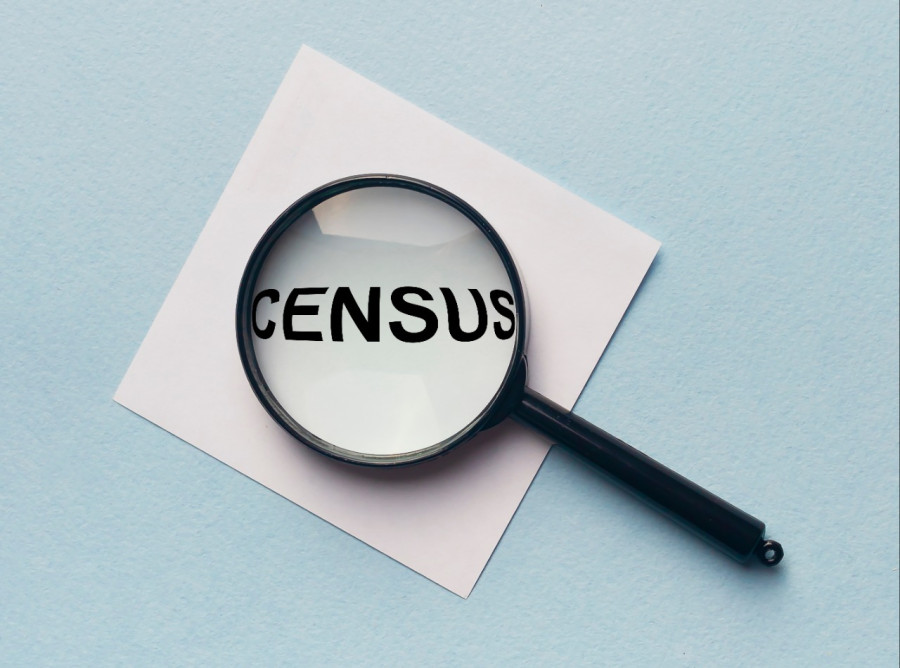Columns
Nepal needs an ICT census
The survey will provide facts and figures to help manage education during crises.
Sagun Shrestha
The current pandemic made us try several alternatives to manage education such as teaching online, broadcasting educational materials over radio and television to help children without an internet connection and running home schools, among others. However, their effectiveness in imparting education during the coronavirus pandemic is yet to be assessed. It is certain that in order to re-engineer the education system to enable it to combat any kind of short- or long-term crisis, we need to have some policies and action plans based on firm evidence. To this end, taking a census of educational information and communications technology (ICT) resources can be one of the essential steps to manage learning during crises.
Crises can occur due to natural calamities such as earthquakes, tsunamis and floods; manmade reasons such as war and political instability or because of pandemics or epidemics. All such disasters can disrupt education for the short or long term, and at a regional or global level. So it is a wise step for every country to be well-prepared to manage education that can essentially begin from mapping ICT resources in academic institutions.
In the case of Nepal, the municipalities and rural municipalities can design a survey of ICT resources for education to be conducted at the local level to gather information about the available assets. With the help of the census, we can collect data related to access to ICT resources by learners, teachers, parents and academic managers, the availability of such resources in academic institutions, and the level of digital literacy possessed by the major stakeholders involved in student learning. The second step after conducting a successful census will be to update the information regularly at certain intervals. Some of the actions listed above are also in line with the aims of the Student Learning Facilitation Guideline 2020 that is implemented by the Ministry of Education, Science and Technology to manage educational disruption during the pandemic.
Nepal is socio-culturally and geographically diverse, therefore, the school contexts across the country also vary although schools in Nepal as of now implement a centrally mandated curriculum. Due to the federal structure, local organisations such as educational bodies and metropolitan and sub-metropolitan cities, municipalities and rural municipalities have opportunities to form local policies in line with national policies to manage education at the local level. In this scenario, conducting an educational ICT census can help local bodies to come up with context-sensitive and manageable plans that suit their local resources.
The ICT resources census for education can also assist in developing some educational plans at the national level. Needless to say, ICT is encroaching on educational space gradually, and all major stakeholders have realised its potential for effective teaching and learning. That is why, it is high time that we thought carefully and planned based on some evidence to integrate ICT in education. Sobhi Tawil, Director Future of Learning and Innovation at the United Nations Educational, Scientific and Cultural Organisation (UNESCO), argues in a document produced for UNESCO that during the Covid-19 pandemic ‘many in the educational community saw the massive global shift to digital learning as a source of innovation and a ‘forced opportunity’ to re-imagine the how, what and where of learning’.
The recent pandemic has made us consider the potential of digital learning, however, we have our own constraints. According to the Covid-19 Education Cluster Contingency Plan 2020, there are 2,357,959 school children with no access to other media (such as internet, radio and television). Hence, we should be able to develop policies at the national level to address all types of learners in our country by obtaining extensive information from possible actions such as an educational ICT resources census.
An ICT census can equally help us to realise the aims and objectives of ICT in education plans and policies. The first comprehensive ICT in Education Masterplan (2013-17) has accentuated four components, namely development of infrastructure including connectivity, human resources, digital teaching and learning materials, and enhancement of the education system. It can be inferred that to develop action plans focusing on all these components, a census that maps ICT resources for education can be a boon. Action plans based on the census are more likely to ensure effective implementation of the policies as successful delivery of the ICT in Education Masterplan is questionable.
Of course, while designing the census, it is necessary to allocate a budget and human resources to conduct the study. A model of the census needs to be categorically planned. Once the census is started, conducting it again at certain intervals to update information or gradually updating information in the system without conducting a census can be a smooth process. The outcomes of the census can also be a motivator as many future policies, guidelines and action plans can be designed based on the information obtained from it.




 10.12°C Kathmandu
10.12°C Kathmandu















